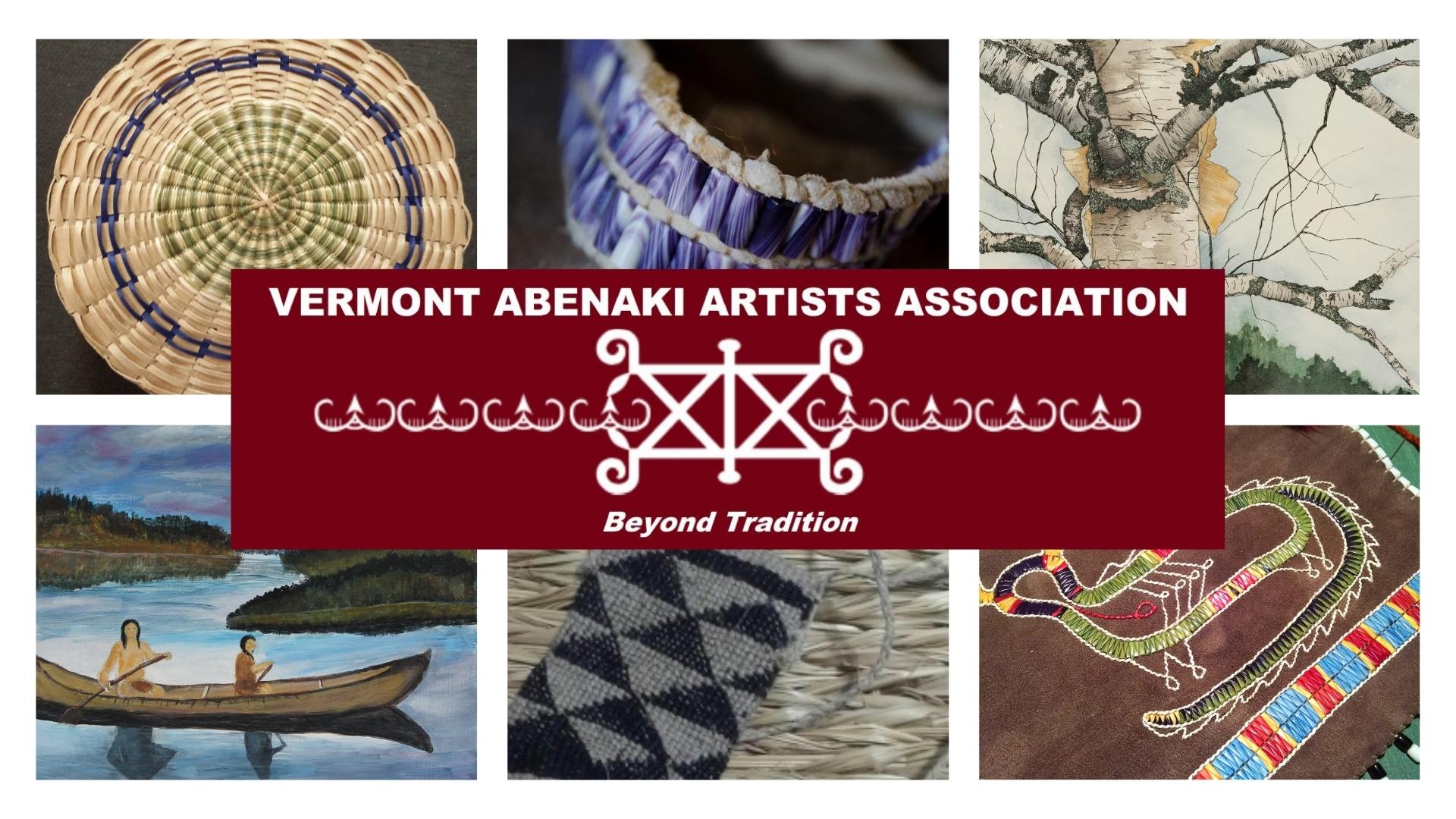by Frederick Mathew Wiseman, Ph.D.
Publication from the the Indigenous Vermont Series 2012:9, published courtesy of Wôbanakik Heritage Center.
EXCERPT FROM INTRODUCTION
“The prime directive of Haven is to reclaim lost, fragmented or otherwise damaged cultural practice and belief from Indigenous Vermont, and to a certain extent, applicable forms of documentation from neighboring areas. A second important principle is the repair of fragmented or damaged cultural practice by using all available reconstructive/healing tools. The third function of Haven is to make the repaired information available to those Indigenous Vermonters and their neighbors, who have any interest in reviving lapsed culture. The fourth reason; and the one that gives Haven its name, is to safely archive this information in a format that will be of use to future Indigenous generations, if the current one is uninterested.
Probably the one craft that is universally recognized as giving Indian Identity is the ash splint basket. Although probably not made before the 18th century, Indigenous Vermonters, as well as other regional tribes became masters of the craft. Much of the early history of Indigenous Vermont Baskets are to be found in other Haven publications.”
Late Period (1870-1970) Indian Baskets In Vermont – Part 1. 11 pages.
- Introduction
- Part1: Basket History and Technology & Preparing the materials for the Fancy Basket
Late Period (1870-1970) Indian Baskets In Vermont – Part 1A. 11 pages.
- Decorative overweave, or “Cowiss”
- Basket Handles and Hinges
Late Period (1870-1970) Indian Baskets In Vermont. Part 2. 11 pages.
- Part Two: Baket Types Represented in Vermont
- Multi-purpose work and arm baskets
Late Period (1870-1970) Indian Baskets In Vermont. Part 2A. 13 pages
- Knitting and Tatting baskets
- Baskets for the Hall Table
- Baskets for the Dining Room
- An unclassified basket
- Hampers. goose down baskets and other large, “fancy” baskets
- Basket for the Field and Lake
- Bibliography
